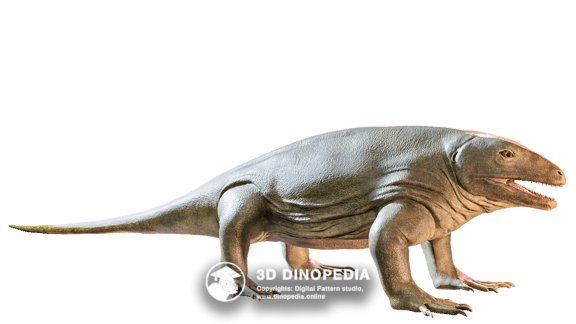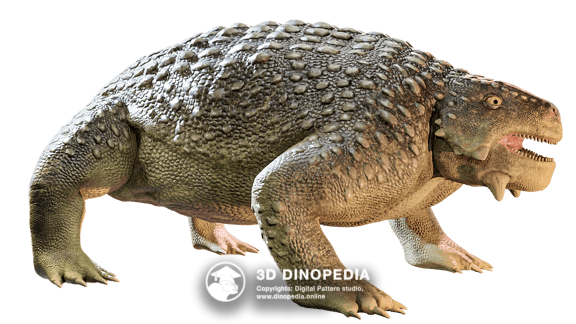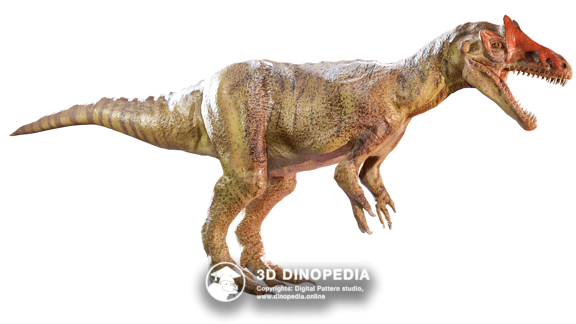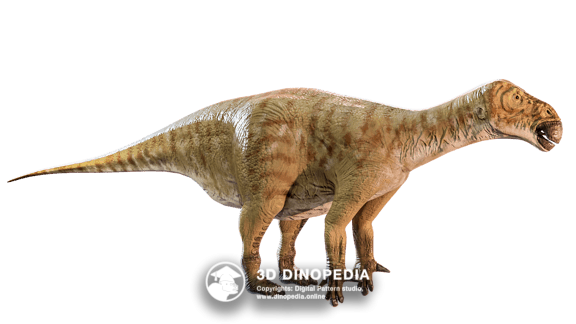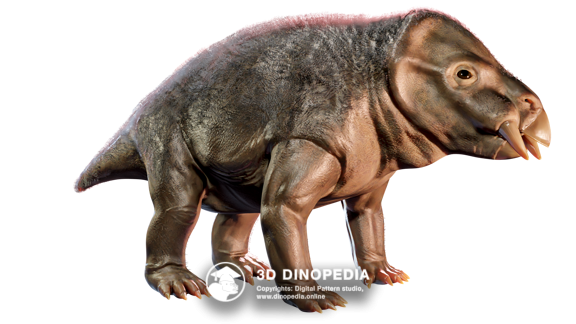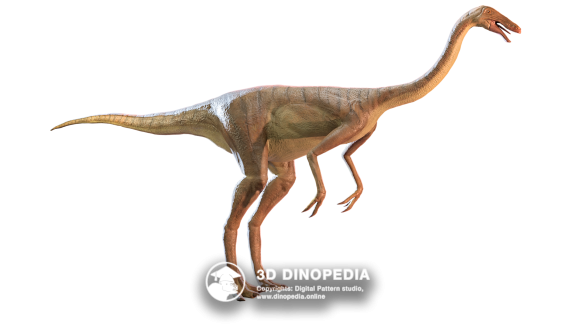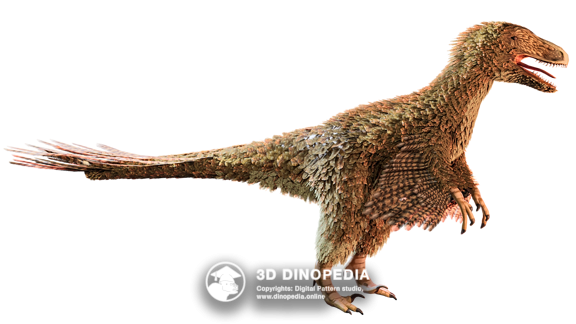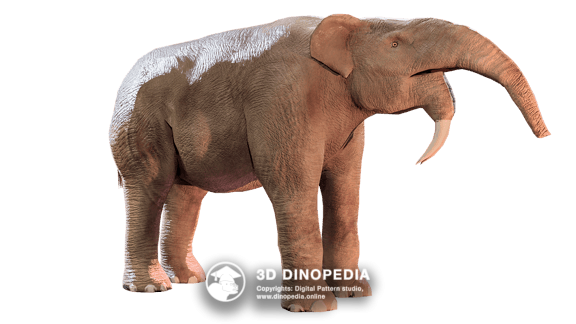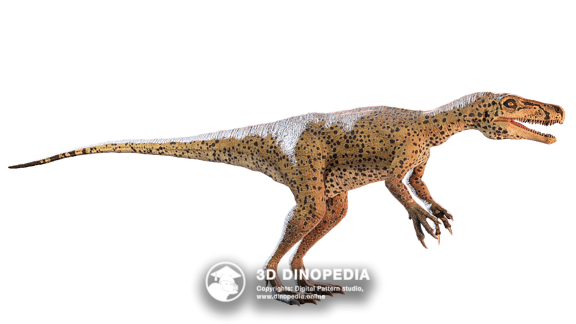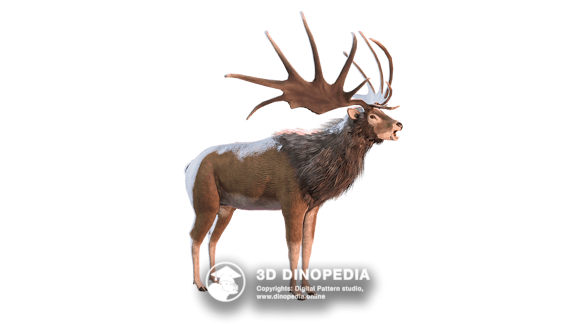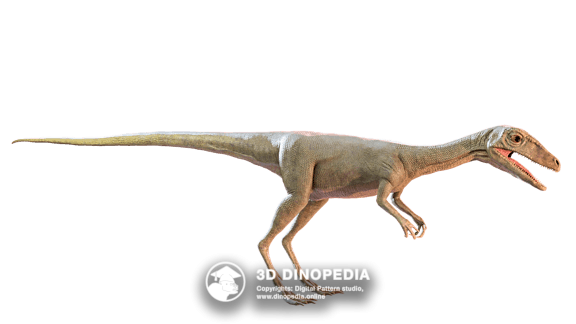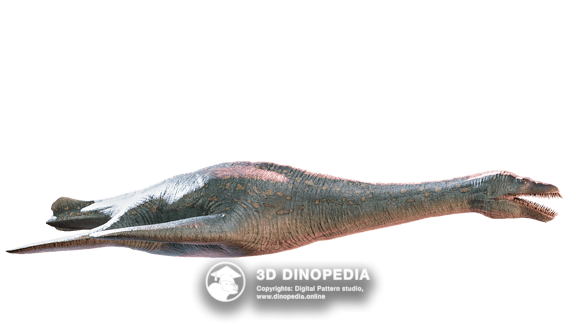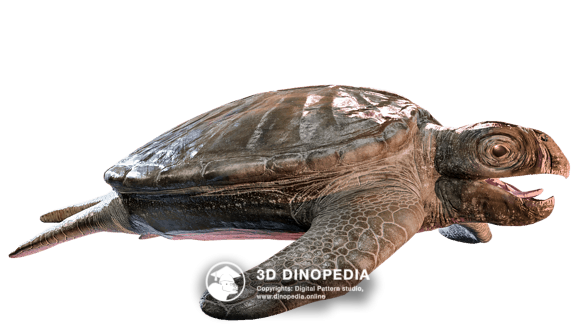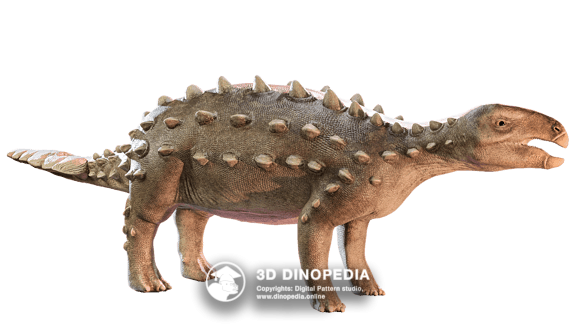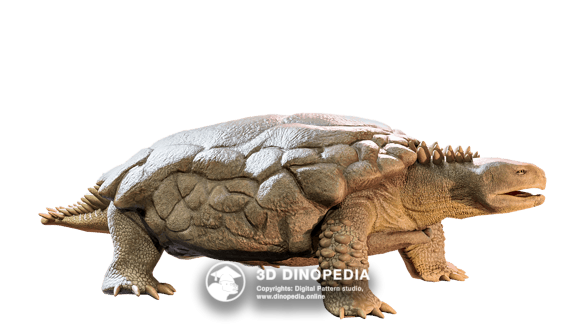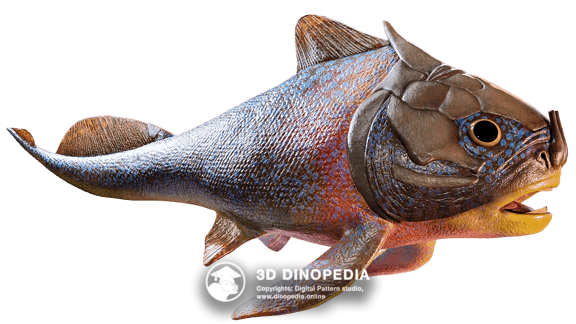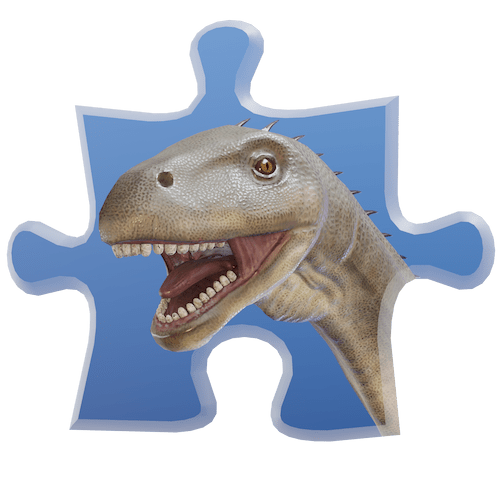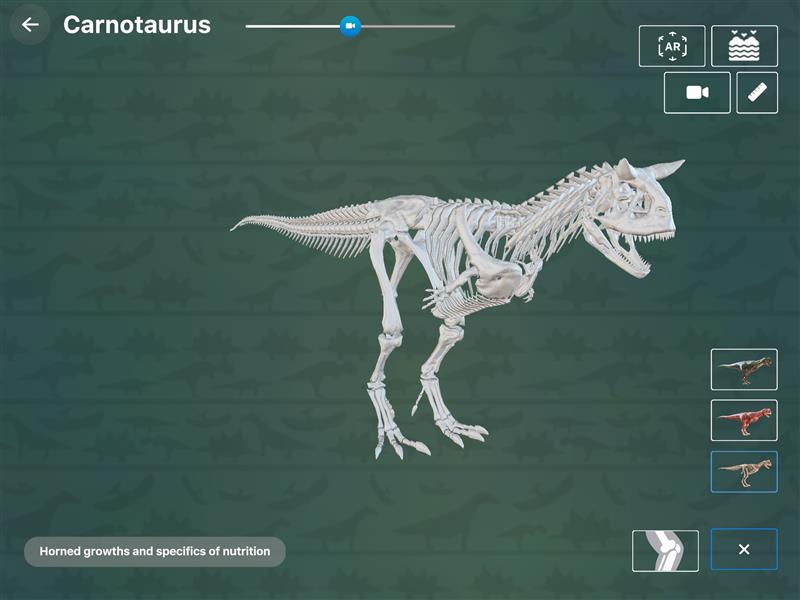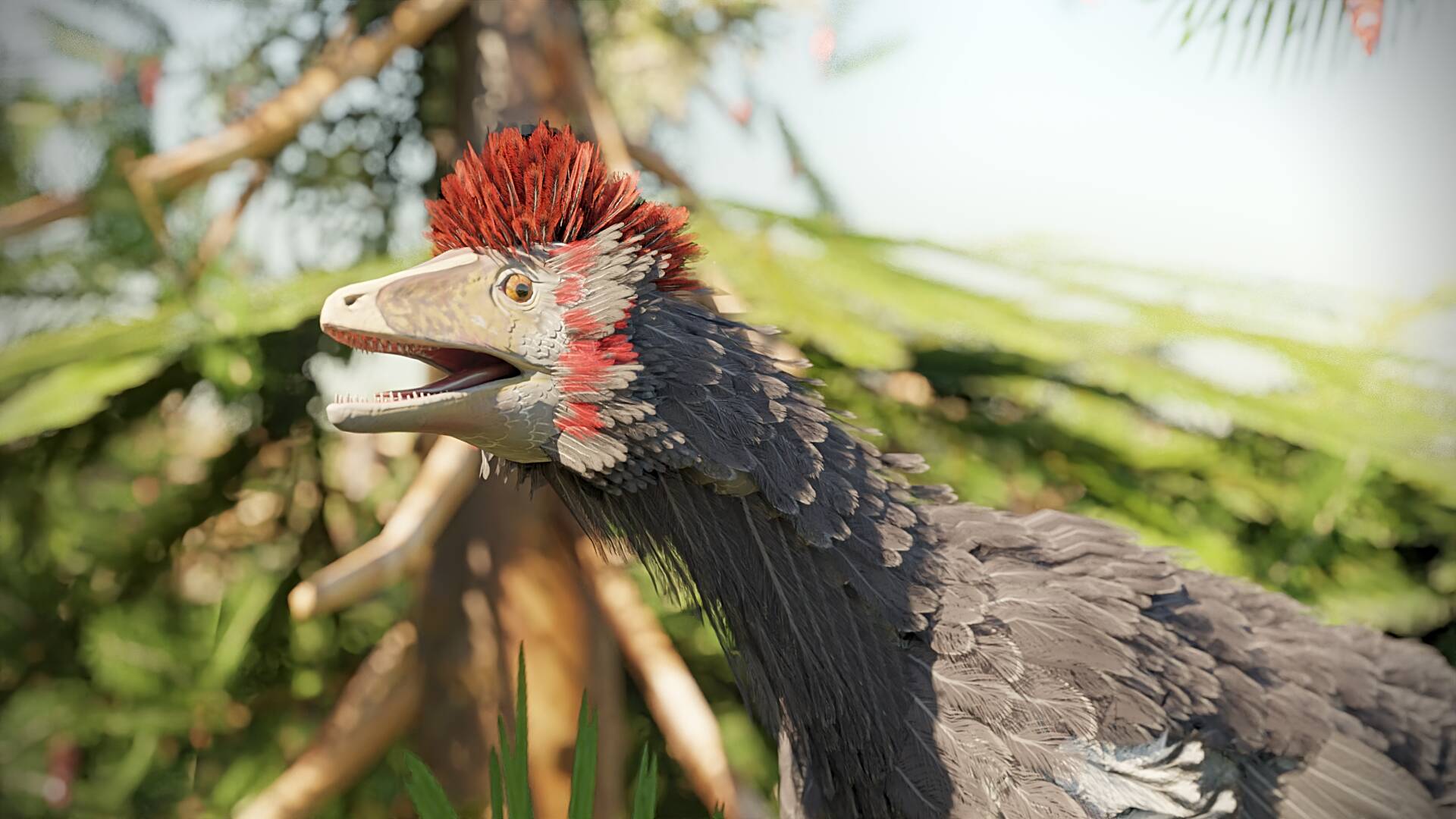Varanops
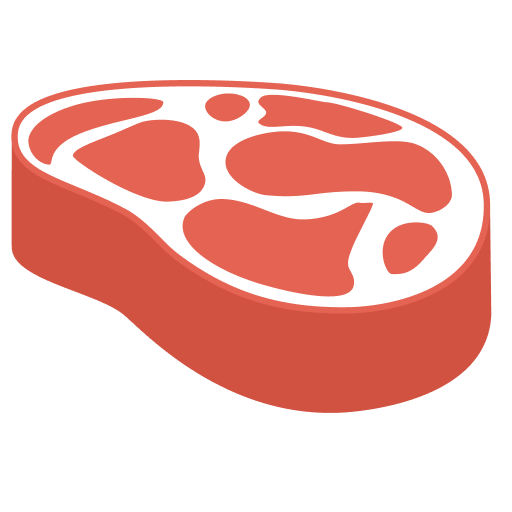
Name meaning:
Varan-faced one
Period of life:
280 – 270 million years ago
Period:
Habitat:
Floodplains
Taxonomy:
Synapsids
Countries:

Meaning of the name: The genus name Varanops comes from a combination of the words Varanus (monitor lizard) and ops (face), which indicates the similarity in the shape of this animal's head to that of modern monitor lizards.
Varanops is an extinct genus of early Permian Varanopid synapsids (280 – 270 million years ago), known from Texas and Oklahoma, USA. The remains were first discovered and described by Samuel Wendell Williston in 1911. Varanops was a large pelycosaur, about the size of modern monitor lizards, reaching about 1.2 meters in length. It had a robust build, large limbs, and sharp, backward-curved teeth, making it a formidable predator of its time. Despite its impressive size for the Permian period, Varanops was significantly smaller than the dinosaurs that appeared later.
Varanops, like other varanopids, had several interesting skeletal features. Its skull was relatively small, with a large opening for jaw muscles – the so-called temporal fenestra. The eye sockets were quite short, and the bones of the upper jaw – the zygomatic and preorbital – extended to the back of the skull. The occiput was located slightly in front of the jaw joint. Interestingly, the nostrils of Varanops were very close to each other. The teeth at the front of the upper jaw were noticeably larger than the rest. The lower jaw also had an opening, likely for lightening the structure.
The cervical ribs of Varanops were not as robust as the dorsal ribs and did not connect with the sternum. Each vertebra had special projections – the transverse processes. In contrast, the dorsal ribs were large and encompassed almost the entire torso. The sacrum – the part of the spine connected to the pelvis – had high processes that rose above the hip joint.
The scapula and coracoid – bones forming the shoulder girdle – were massive, indicating well-developed forelimb musculature. The forelimbs and hindlimbs of Varanops were roughly the same length, with short, sturdy digits.
These skeletal features suggest that Varanops was an active predator, capable of pursuing and killing relatively large prey. Strong limbs and a robust build gave it the power necessary for hunting animals comparable in size. Varanops likely inhabited plains, possibly near water bodies, and hunted large vertebrates, rather than insects. Its diet may have included other pelycosaurs, amphibians, and reptiliomorphs.
Despite the external resemblance to monitor lizards, Varanops was a synapsid. This means that its body was not covered in scales but had leathery skin, and the skin contained a large number of glands. Most likely, the skin would immediately reveal this animal as a relative of mammals if a human were able to see its appearance.
Varanops and its relatives, such as Varanodon, occupy an important place in the evolutionary history of synapsids, witnessing the early spread of this group of animals that gave rise to mammals. Varanopids, although not direct ancestors of mammals, exhibit some traits that later became characteristic of this group, such as tooth differentiation and the development of jaw musculature.
Discussions
Other animals
 INTERESTING FACTS
INTERESTING FACTS
 PUZZLES
PUZZLES
 HOME
HOME
 3D MODEL "SKIN"
3D MODEL "SKIN"
 3D MODEL "MUSCLES"
3D MODEL "MUSCLES"
 3D MODEL "SKELETON"
3D MODEL "SKELETON"
 VISION
VISION
 NEIGHBORS
NEIGHBORS
 VOICE ACTING
VOICE ACTING
 AR - MODE
AR - MODE
 GALLERY
GALLERY
 HISTORY OF DISCOVERIES
HISTORY OF DISCOVERIES
